It’s easy to get swept up in eco-friendly trends—after all, who doesn’t want to help save the planet? But not everything marketed as “green” is actually good for the environment. In fact, some of the most popular sustainability fads of the last few decades have turned out to be misleading, ineffective, or even downright harmful. Here are 13 “green” trends that didn’t live up to the hype—and in some cases, did more harm than good.
1. Biodegradable Plastic Bags
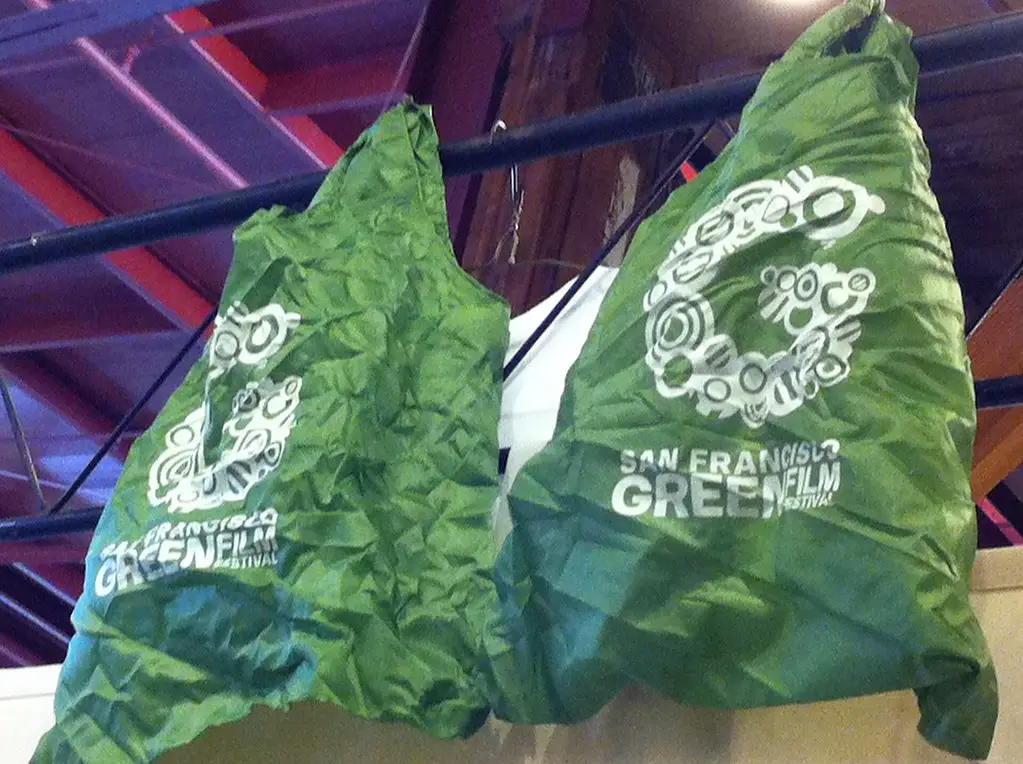
They sounded great—bags that would just break down naturally! But according to a 2019 study published in PBS, many so-called biodegradable bags were still intact after three years in marine and soil environments. The problem? Most of these bags only degrade under specific industrial composting conditions, which aren’t widely available.
In landfills or nature, they often act just like regular plastic. So that “eco” bag from the grocery store? It might be sticking around longer than you thought.
2. Fast Fashion “Conscious” Collections

Big fashion brands launched sustainable lines full of organic cotton T-shirts and recycled polyester—but behind the curtain, very little actually changed. A 2022 Changing Markets Foundation report found that 59% of green claims by European and UK fashion brands were misleading or unsubstantiated.
The truth? These collections often serve as greenwashing while companies continue mass-producing cheap clothes under unethical conditions. Buying “conscious” fast fashion still feeds a wasteful, carbon-intensive cycle.
3. Recycling Everything

Reduce, reuse… and maybe recycle. That’s the real order. But many people believed they could just toss everything into the blue bin and call it sustainable. Unfortunately, as NPR and Frontline reported in 2020, only around 9% of plastic waste has actually been recycled globally—most ends up in landfills or incinerators.
Wishcycling (tossing something in the bin hoping it’s recyclable) can actually contaminate entire recycling batches. Sometimes, not everything that can be recycled is recycled.
4. Bamboo Fabric Clothing
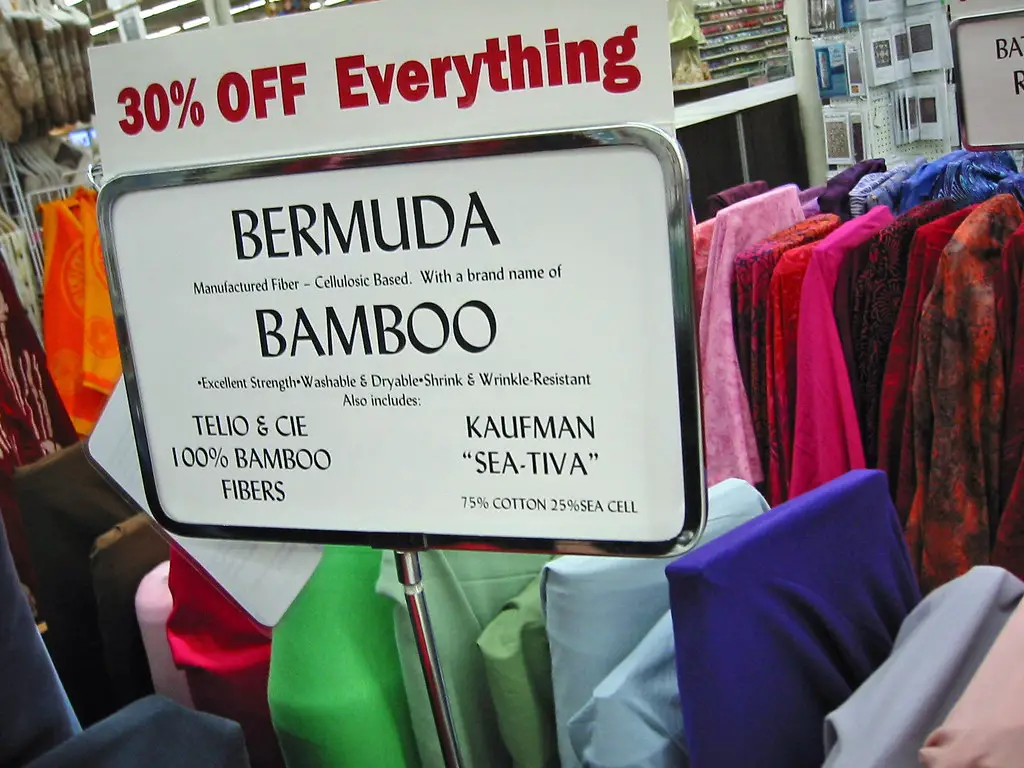
Bamboo sounds like an environmental dream: fast-growing, renewable, and low maintenance. But most bamboo clothing is actually made from bamboo viscose, a chemically-intensive process that uses toxic solvents like carbon disulfide, according to the NRDC (Natural Resources Defense Council).
So that “eco-friendly” bamboo T-shirt? It might have a bigger environmental footprint than you think.
5. Electric Scooters for Urban Mobility
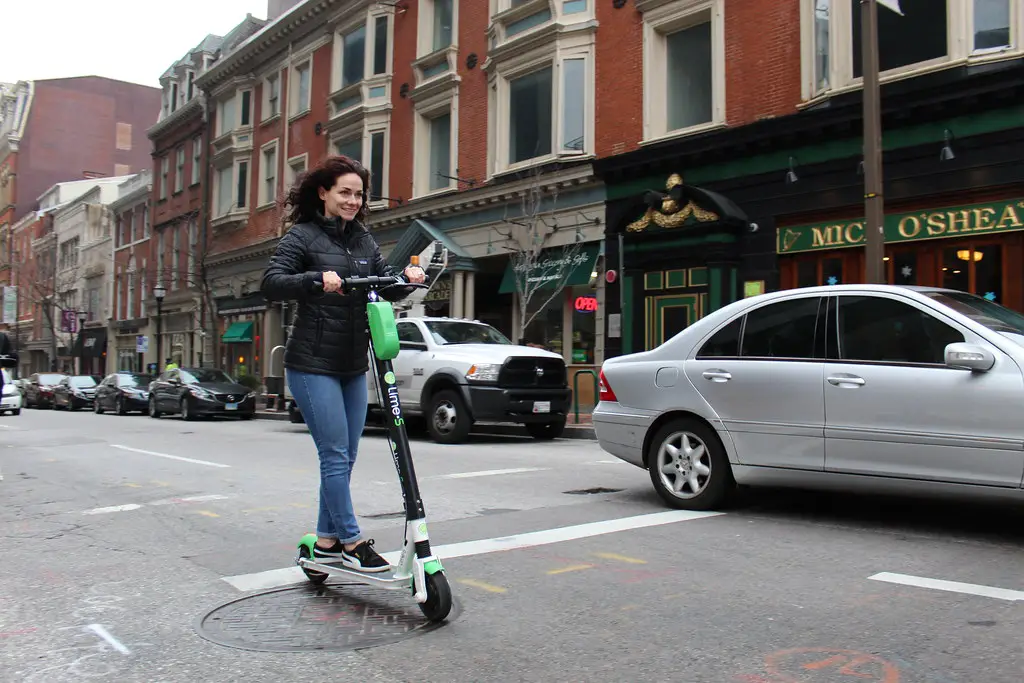
Dockless electric scooters were supposed to revolutionize city transport and cut emissions—but the life cycle emissions of e-scooters could actually be higher than buses, bikes, or even some cars, especially when factoring in short lifespans, charging logistics, and the emissions from collecting and redistributing them.
They’re convenient, sure. But in many cities, they replaced walking—not driving—so their green reputation isn’t as clean as it looks.
6. Paper Straws
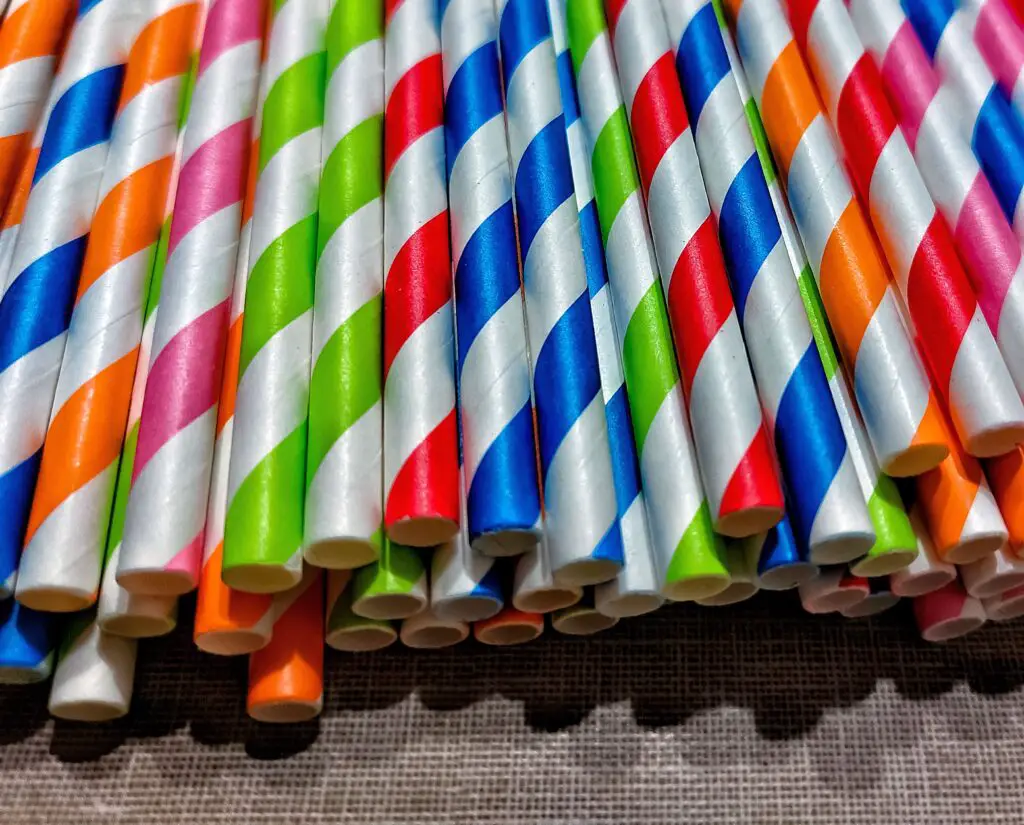
Yes, they’re better than plastic when it comes to marine life. But paper straws come with their own issues. Many are coated with polyethylene or other chemicals, making them difficult to compost or recycle. PFAS (aka “forever chemicals”) in several brands of paper straws.
The truth? Reusable straws (like stainless steel or silicone) are far more sustainable long-term.
7. Reusable Grocery Bags (When You Own 20)
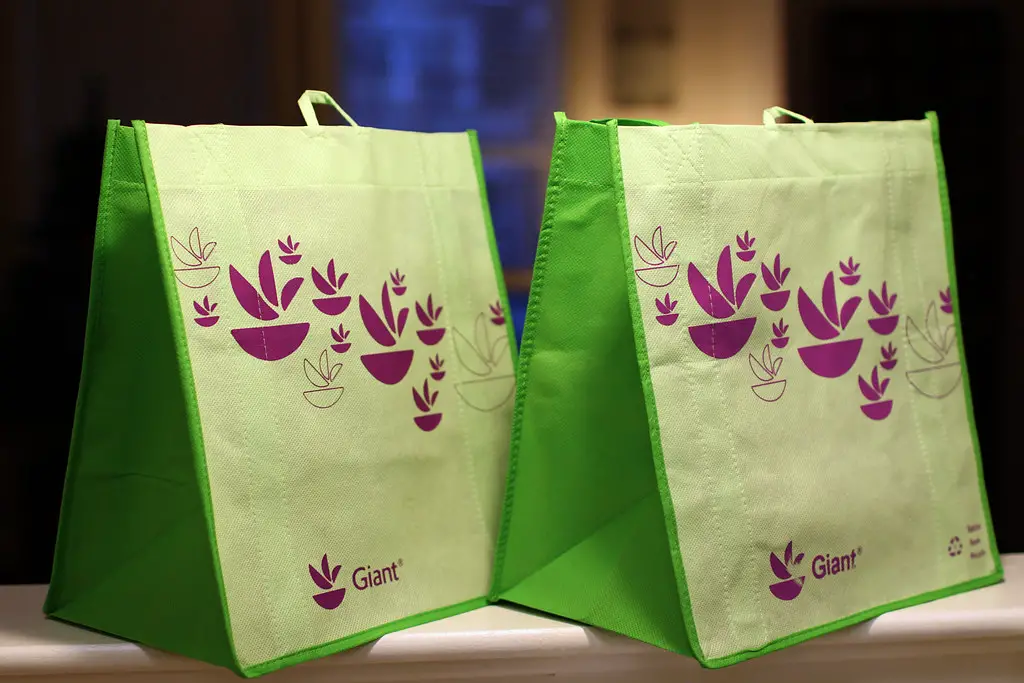
Reusable bags can reduce waste—but only if you actually reuse them enough times. A cotton tote bag needs to be used 131 times to offset its production impact versus a plastic one. Organic cotton? Over 20,000 times.
Many people now own drawers full of totes and forget to bring them—defeating the purpose entirely. If you’ve got a mountain of “eco” bags at home, maybe skip grabbing another one next time.
8. Compostable Coffee Cups
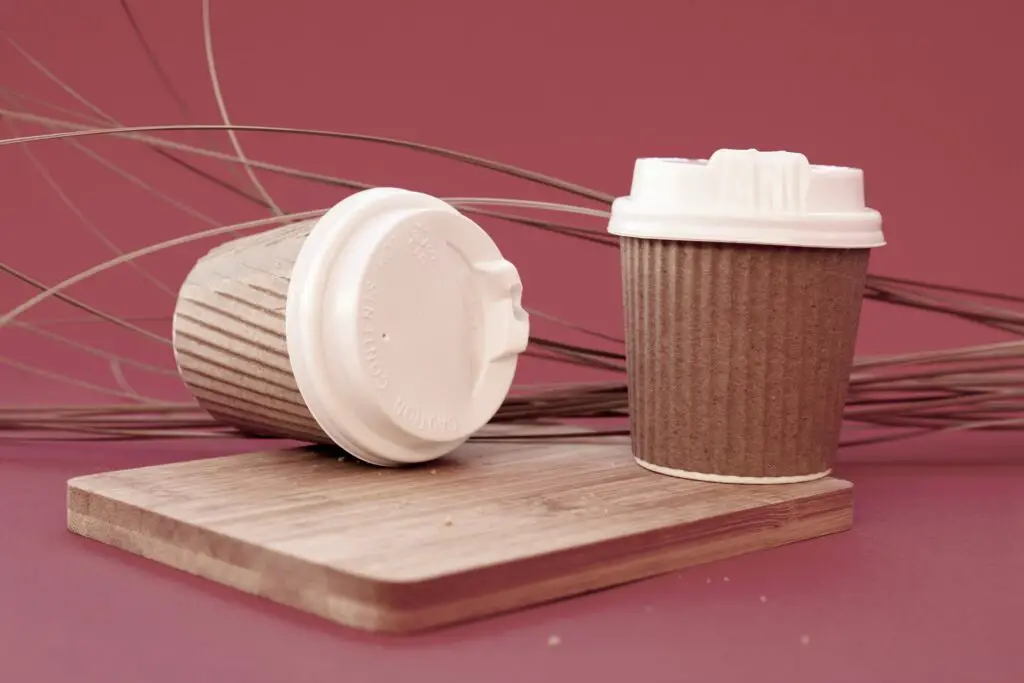
Sounds great in theory—but only if they make it to a commercial composting facility. Compostable cups often have a bioplastic (PLA) lining that requires high heat and industrial processing to break down. Most municipalities don’t have the infrastructure to handle them, so they end up in landfills where they decompose just like regular trash.
Spoiler: a reusable mug is still the best option.
9. “Zero-Waste” Packaging from Major Brands
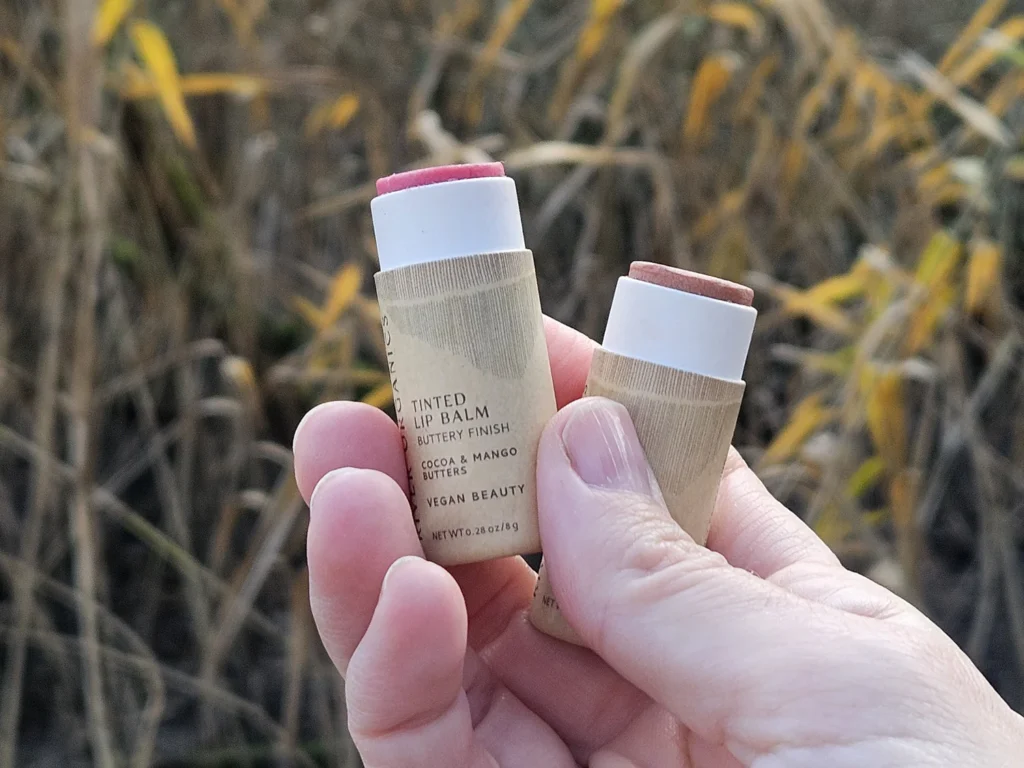
More and more brands claim to use “zero-waste” or “recyclable” packaging—but that doesn’t always mean the materials will be recycled. Often, they’re made from mixed materials that are technically recyclable but rarely processed due to complexity or lack of facilities.
If your shampoo bottle says “100% recyclable,” but your city doesn’t take #5 plastics? It’s still going in the trash.
10. Biofuels as a Clean Alternative
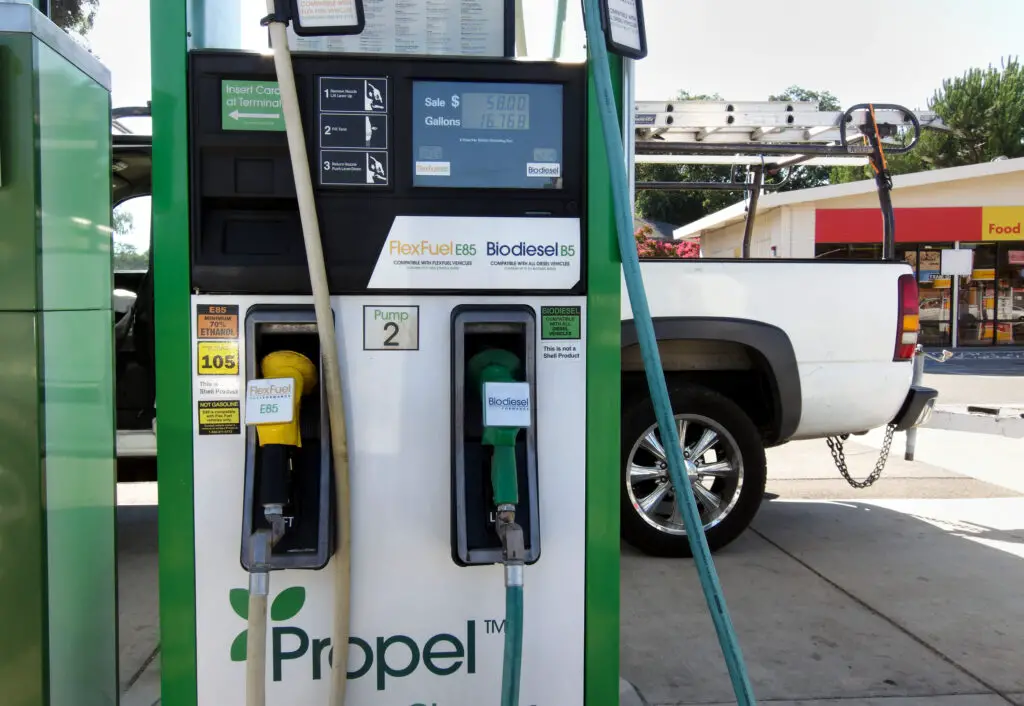
Biofuels like corn ethanol were once hailed as a cleaner substitute for gasoline. U.S. corn ethanol may be at least 24% more carbon-intensive than gasoline when considering land use, fertilizer runoff, and emissions from farming.
In other words, it might be doing more harm than good—especially when food crops are being diverted to fuel production.
11. LED Fairy Lights

Yes, LED lights are more efficient than incandescent bulbs—but stringing up thousands of twinkling lights for holidays or weddings still consumes energy and contributes to light pollution. Decorative lighting can disrupt ecosystems, confuse nocturnal animals, and waste energy if left on all night.
Sustainable lighting isn’t just about the bulb—it’s about using less of it.
12. Plastic Bottle “Upcycling” Initiatives
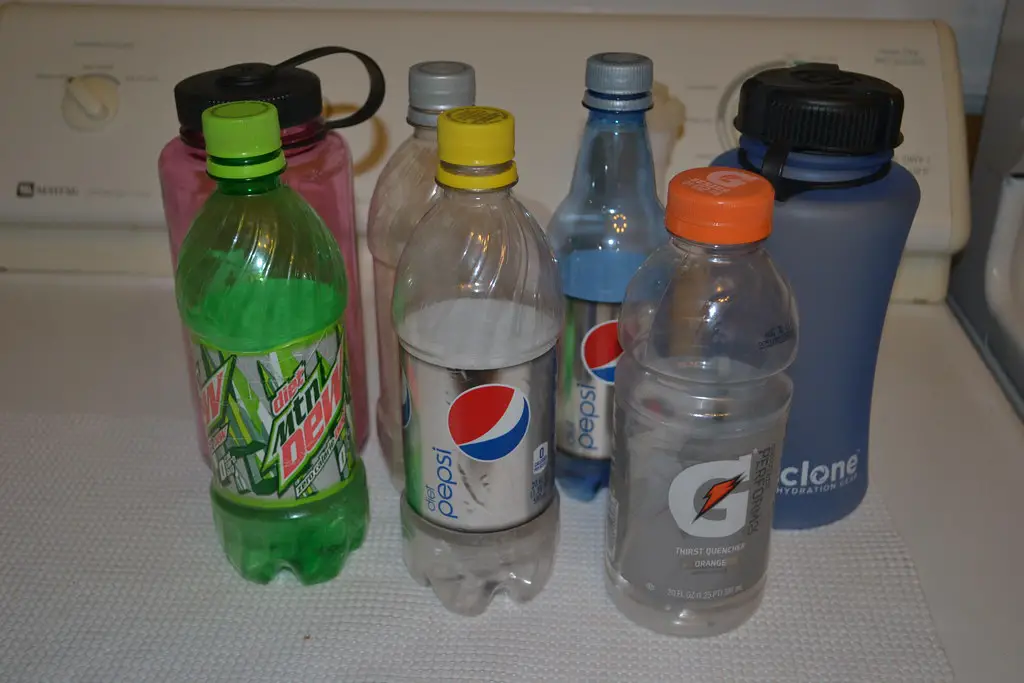
Turning old plastic bottles into shoes, backpacks, or clothing sounds awesome—until you realize it often creates non-recyclable products. Patagonia and other brands acknowledge that while recycled polyester is a step up, the final product usually can’t be recycled again, meaning it ends up in landfills anyway.
It’s a temporary fix—not a circular solution.
13. Planting Trees as Carbon Offsets

Tree planting is a popular feel-good solution, and many companies use it to offset their emissions. But experts caution that not all carbon offsets are created equal. Poorly managed planting projects can displace communities, use non-native species, or die before making a dent in CO₂ levels.
Forests take decades to absorb emissions—but that flight you offset with $5 released its carbon immediately.
